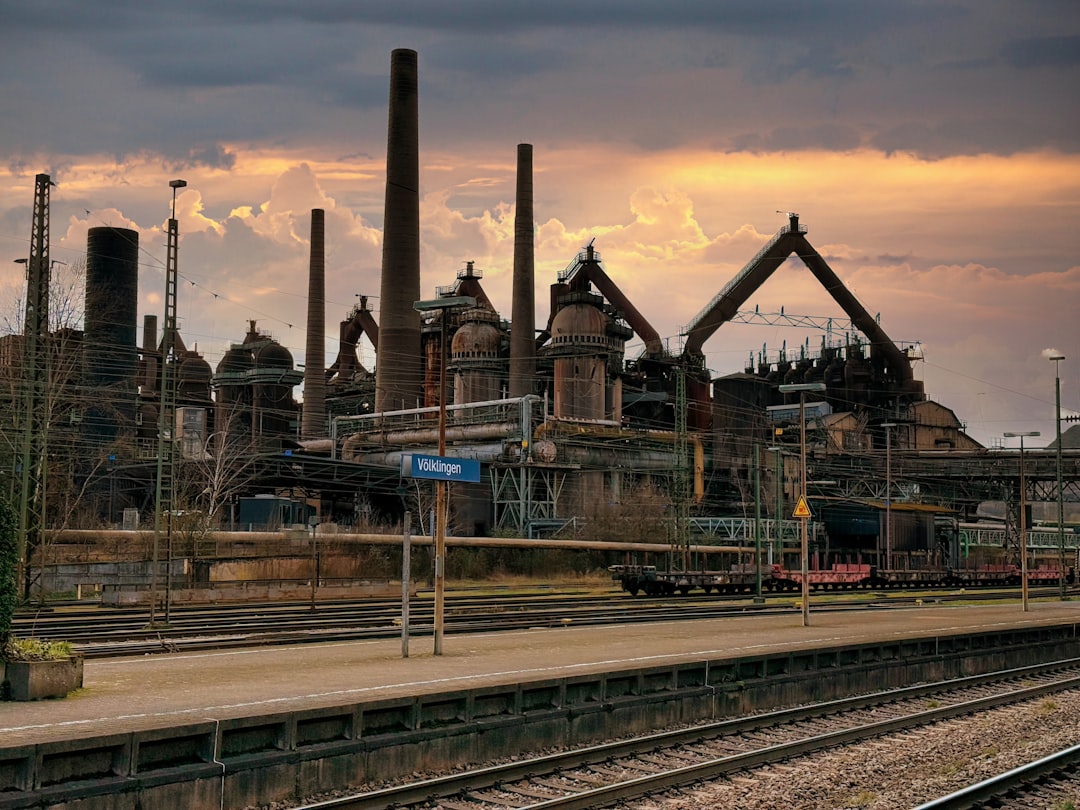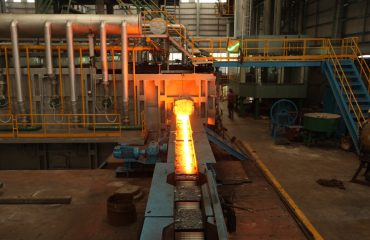The steel trade, a cornerstone of global industry, is undergoing a significant transformation fueled by advancements in industrial networking. From the blast furnace to the final delivery, interconnected systems are optimizing processes, enhancing efficiency, and driving profitability. This post delves into the crucial role of industrial networking in modern steel production and supply chain management.
Optimizing Steel Production with Industrial Ethernet
The heart of steel production relies on complex, high-speed machinery operating in harsh environments. Traditional control systems often struggled with the demands of real-time data transfer and the need for robust connectivity. Industrial Ethernet, with its standardized protocols like PROFINET, EtherNet/IP, and Modbus TCP, has revolutionized this. These protocols enable seamless communication between Programmable Logic Controllers (PLCs), sensors, actuators, and supervisory control and data acquisition (SCADA) systems. This allows for precise control of processes like temperature, pressure, and material flow, leading to improved product quality, reduced waste, and increased overall efficiency. The ability to monitor and analyze data in real-time allows for proactive maintenance, minimizing downtime and maximizing productivity. For instance, predictive maintenance algorithms can analyze sensor data to anticipate equipment failures before they occur, preventing costly shutdowns.
Enhancing Supply Chain Visibility with IIoT
The steel trade involves a complex network of suppliers, manufacturers, distributors, and customers. The Industrial Internet of Things (IIoT) is transforming this landscape by providing unprecedented visibility across the entire supply chain. By connecting various assets – from raw material tracking sensors to smart shipping containers – companies can monitor the movement of materials and products in real-time. This real-time tracking enhances transparency, reduces lead times, and minimizes the risk of delays. Data analytics tools can be employed to optimize logistics, predict demand fluctuations, and improve inventory management. For example, IIoT sensors on shipping containers can provide real-time location data and environmental conditions, preventing spoilage and ensuring timely delivery.
Improving Safety and Security with Industrial Networking
The steel industry is inherently hazardous. Industrial networking plays a vital role in enhancing safety by enabling remote monitoring of critical equipment and processes. Early detection of anomalies, such as high temperatures or pressure fluctuations, can prevent accidents and protect workers. Furthermore, robust cybersecurity measures are crucial to protect industrial networks from cyber threats. This involves implementing firewalls, intrusion detection systems, and access control mechanisms to prevent unauthorized access and data breaches. Regular security audits and employee training are essential to mitigate risks and maintain the integrity of the network.
Leveraging Data Analytics for Enhanced Decision-Making
The vast amounts of data generated by interconnected systems in the steel industry provide invaluable insights for improving operations. Advanced data analytics techniques, such as machine learning and artificial intelligence, can be used to identify trends, patterns, and anomalies in production data. This allows for data-driven decision-making, leading to optimized processes, reduced costs, and improved product quality. For example, machine learning algorithms can predict the optimal parameters for steel production based on historical data, minimizing energy consumption and maximizing yield.
The Future of Industrial Networking in the Steel Trade
The future of industrial networking in the steel trade is bright, with ongoing advancements in technologies like 5G, edge computing, and artificial intelligence promising further improvements. 5G’s high bandwidth and low latency will enable real-time data transfer from even the most remote locations, while edge computing will enable faster processing and analysis of data closer to the source. Artificial intelligence will further enhance automation, predictive maintenance, and data-driven decision-making. The integration of these technologies will create a highly efficient, resilient, and sustainable steel industry, ready to meet the demands of a rapidly evolving global market. The focus will increasingly shift towards achieving greater sustainability by optimizing resource utilization and reducing environmental impact, with industrial networking playing a pivotal role in monitoring and managing these aspects.
In conclusion, industrial networking is no longer a luxury but a necessity for the modern steel trade. By embracing these technologies, steel companies can enhance efficiency, improve safety, optimize supply chains, and gain a competitive edge in the global market.
SEO Tags:
- Industrial Networking
- Steel Industry Automation
- Steel Trade Technology
- IIoT in Steel Production
- Industrial Ethernet for Steel




